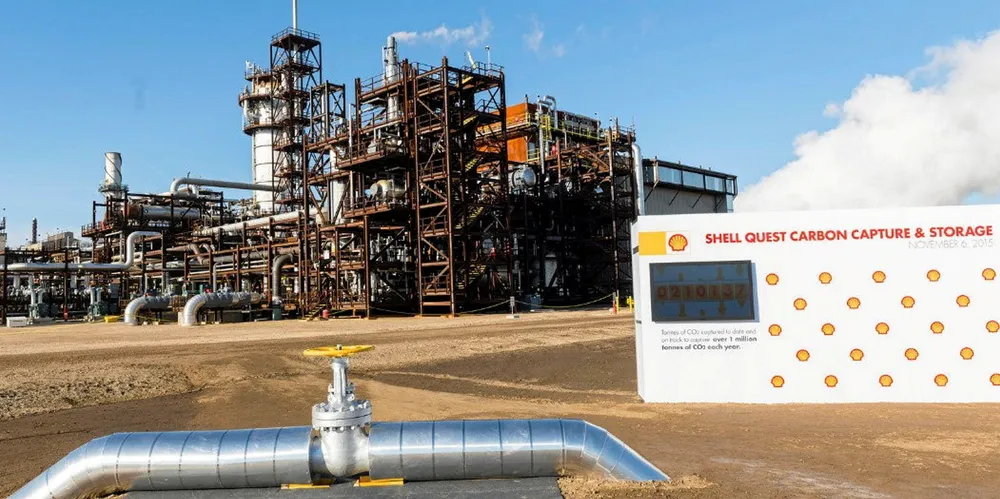Climate impact of blue hydrogen would be similar to green H2 if emissions were minimised: study
Reducing natural-gas leaks in the supply chain and increasing carbon capture rates would allow blue H2 to be a 'bridging technology', says global team of academics
